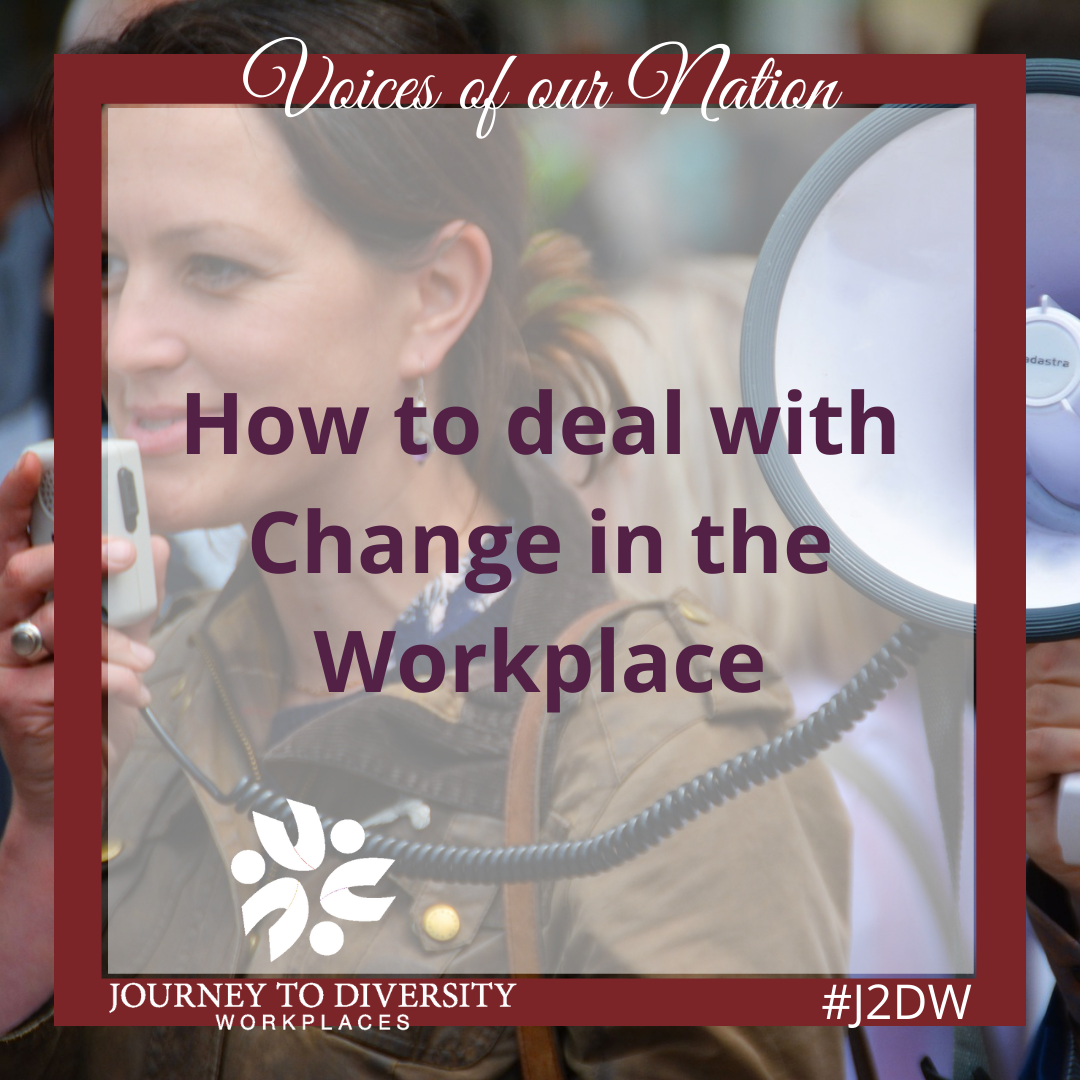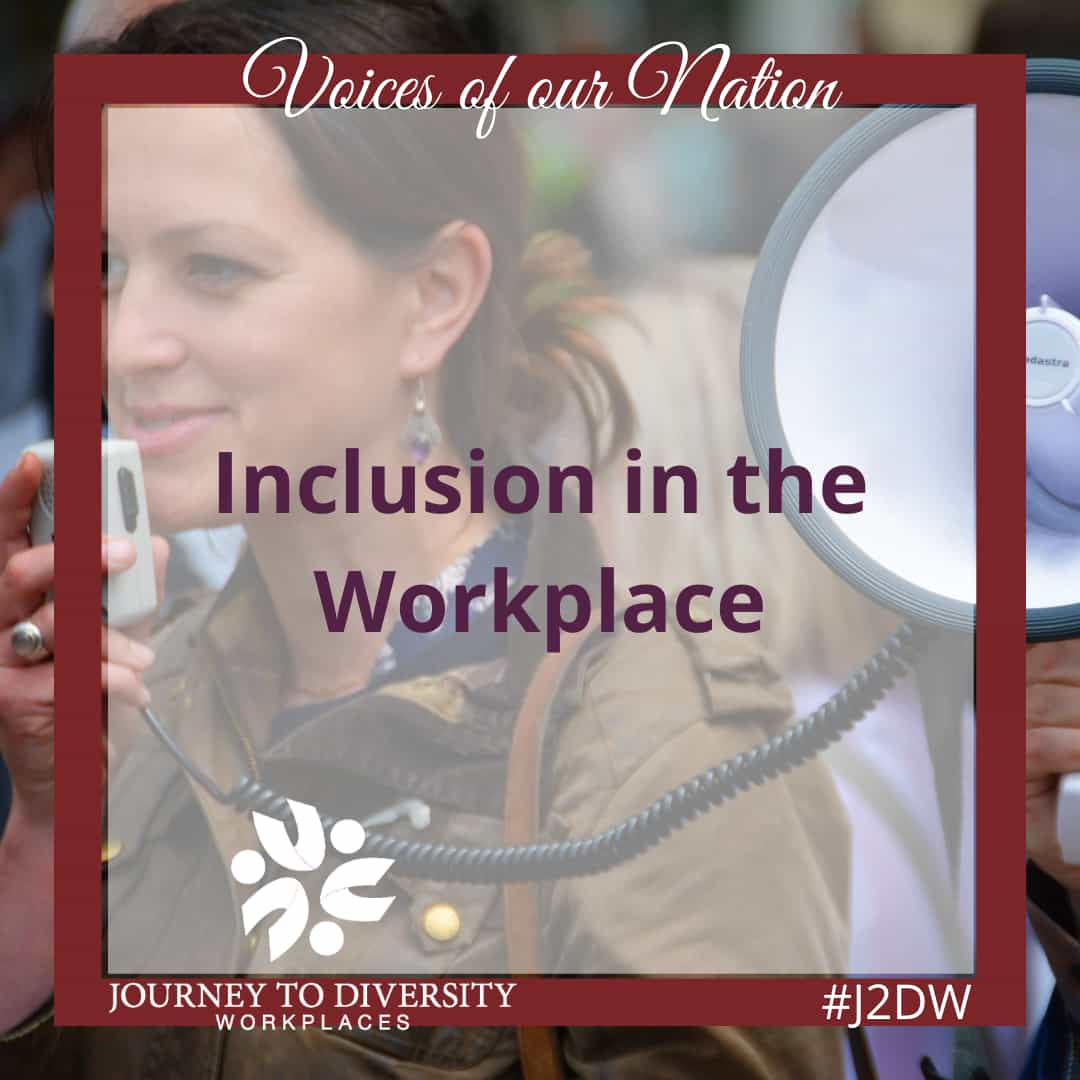Hello Traveller! Today I am fortunate enough to be able to write about something I feel close to, inclusion. Inclusion matters because it is a critical component of a high functioning team, and it is an excellent philosophy to practice as the world is becoming more diverse. Please adjust your thoughts now and focus on inclusion, a state of being included. A recent study by Mckinsey, and the ensuing “slew” of articles that followed, has been looking at the idea that diverse and highly inclusive workplaces can lead directly to higher sales, and innovation. This seems to be great news if you’re in favor of either money, technology, or the cultural revolution we are headed through now. I’m speaking of course about the abolition of hate speech directed towards traits and differences; notable segments, like the education field, business and tech, the United Nations, government, and invested citizens, are voting inclusion with their actions and words, which is a good thing because the population may want to work together on account of the planet heating up and the icebergs melting.
Now inclusion, has been identified as separate and vital to achieving a diverse workplace and being able to use the benefits as such. Meaning, you might hire people who are diverse, but said employees must also interact, and develop as a team that manages inclusion in good faith. A different report from Mckinsey recommends having diversity in all levels of the business. Making diversity and inclusion (DI) every manager’s job from top to bottom level, developing transparency for rewards and promotions to reduce ambiguities. Adopting a zero-tolerance policy towards discrimination to allow for people to feel more relaxed, and actively embracing new types of diversity that are receiving attention. This sounds like it would bring inclusion front and center, but like everything else it will require oversight to ensure progress is being made and ethics are being upheld.
DI strategies have developed in recognition of the fact that there must be time spent managing and promoting inclusion for it to thrive. People must feel the positive connections that come from trust and close relationships to reach their potential in the workplace. To access the potential gains of diversity, we must be allowed to relax a bit. One must be able to be their true authentic self to get there. Furthermore, feeling included can lead to the development of loyalty and group cohesion. Cohesion is how groups hold each other accountable and more developed cohesion will increase their ability to reliably complete their group tasks. It seems fitting to discover that in business it is good to work with diverse people when put it in contrast to growing legislation and deliberation on reducing racism.
So, it becomes no wonder that inclusion is the topic of the day then. By opening ourselves to others we craft a community and find enrichment in our lives. This a marathon though not a sprint. By leading the way in inclusive and ethical business we are opening the doors for a better future in communication. Thankfully, this will mean fostering a global outlook in all our dealings, ideally until it has become the standard of business in the 21st century. The positive effects of good faith business practices on our society and conscience can not be overstated.
Attaining true inclusion culture for the long term isn’t a walk in the park though. To be inclusive a company needs to make sure its employees are inclusion minded and share the same values on the matter by checking, constantly. This can mean a lot of training and repetition until the values of the training set in. Eventually though, with enough hard work a culture can become inclusive and diverse and may even reach into the next level of innovation and performance.
References
https://www.mckinsey.com/featured-insights/diversity-and-inclusion/diversity-wins-how-inclusion-matters
https://www.cio.com/article/3262704/diversity-and-inclusion-8-best-practices-for-changing-your-culture.html
https://knowledge.wharton.upenn.edu/article/inclusion-helps-companies-succeed/
https://www.mckinsey.com/featured-insights/diversity-and-inclusion/diversity-wins-how-inclusion-matters
This article was written by summer student Adam Best. This article was funded by the Government of Canada.






